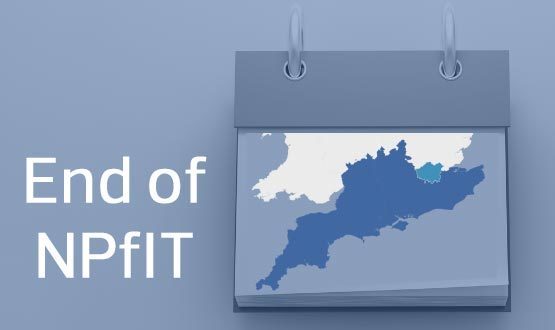End of NPfIT in London and the South
- 19 November 2015

The National Programme for IT has come to an end in London and the South with the exit of the final trust to deploy Cerner Millennium from the BT data centre.
All of the trusts that received Cerner’s electronic patient record system have switched to individual supplier contracts with the company or with new providers.
Seventeen trusts that received Millennium from BT as part of NPfIT had to exit the BT data centre and move to individual contracts before 31 October.
A contract extension had to be enacted for North Bristol NHS Trust after it failed to exit on time, but it went live with its Lorenzo EPR from CSC on 15 November.
Barnet and Chase Farm Hospitals NHS Trust also had a fractionally late exit on 1 November. The trust’s move was particularly challenging because, while it is sticking with the Cerner EPR, it needed to migrate to the Royal Free domain. The two organisations merged in July last year.
The HSCIC’s director of provider support for London and the South, Dermot Ryan, told Digital Health News the Department of Health viewed patient care as paramount, and so made provision within the existing contract for transitional assistance if a trust could not manage to exit before November 2015.
“It’s no trivial matter replacing an EPR in an acute trust, so this is a culmination of several years’ of effort on the part of the DH, HSCIC, trusts and suppliers,” he said.
Ryan added that lessons learned from the end of NPfIT in London and the South will be used to help ensure a smooth process in the North Midlands and East of England, where national contracts expire next July.
Thirteen of the 17 acute trusts, including all of those in London, stuck with their Cerner system; using a framework contract negotiated for the capital or individual procurements. One each switched to System C, IMS Maxims and CSC’s Lorenzo.
Another trust, Basingstoke-headquartered Hampshire Hospitals NHS Foundation Trust, switched off Millennium in Winchester after a merger, and is now using a CSC patient administration system and in-house portal.
For the 13 trusts that kept their Millennium EPRs, more than 8 million patient records were transitioned out of the BT data centre and into Cerner’s data centre.
All the trusts moved systems ‘like for like’ and will now be upgraded to the Millennium 2015 codebase; a development that should be complete by next April.
Any trust that went live with a module of Millennium under the NPfIT contract can continue to use it license-free post-contract.
Systems switched to individual contracts with Cerner include: 13 patient administration systems; 12 emergency department; 11 theatre; 11 order communications; seven e-prescribing; six maternity; and three critical care and device integration packages.
The first to exit the BT data centre was Royal Free London NHS Foundation Trust in June 2014. The next exit was not until April this year, but many others followed in quick succession, with four completed in September and another four in October.
John-Jo Campbell, chief information officer at St George’s University Hospitals NHS Foundation Trust, and chairman of a chief information officer forum for the London Cerner trusts, believes the smooth transfer was down to good planning, an open and transparent process, and supplier maturity.
Providers in London and the South had been working on their exit plans for nearly four years.
“That enabled it to be fairly successful and meet its objectives of everybody exiting within the contract period. In broad terms we have pretty much met a high percentage of that objective,” said Campbell.
In addition to North Bristol, two instances of RiO in the community at Guy’s and St Thomas’ NHS Foundation Trust failed to migrate by deadline.
“It would be nice to have 100%, but it’s not a bad strike rate and sensible provisions [were] put in place for the three other instances to have controlled exits,” said Campbell.
Campbell says those trusts continuing to use Cerner have much more ownership of the system and responsibility for managing the relationship with their supplier.
The trusts work together as a user group, which creates an independent voice from Cerner and from the national team at the HSCIC.
Read further analysis of the national programme in London and the South and the legacy of the Cerner Millennium installations in this week's features. Digital Health News will be covering the impact of the programme on mental health and community trusts next week.




